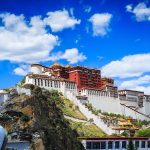In the soaring heights of the Tibetan Plateau, where the air is thin and the skies are vast, lies Lhasa—a city that has long been regarded as the spiritual heart of Tibet. This sacred city is not just a place to visit, but a realm where spirituality, culture, and history converge. Lhasa’s allure is rooted in the teachings of Tibetan Buddhism, a profound and mystical religion that has guided Tibetans for centuries. Let’s embark on a journey through Lhasa’s temples and monasteries to explore Tibetan Buddhism’s deep roots, its sects, beliefs, and cultural significance, while visiting the remarkable landmarks that make this city so unique.
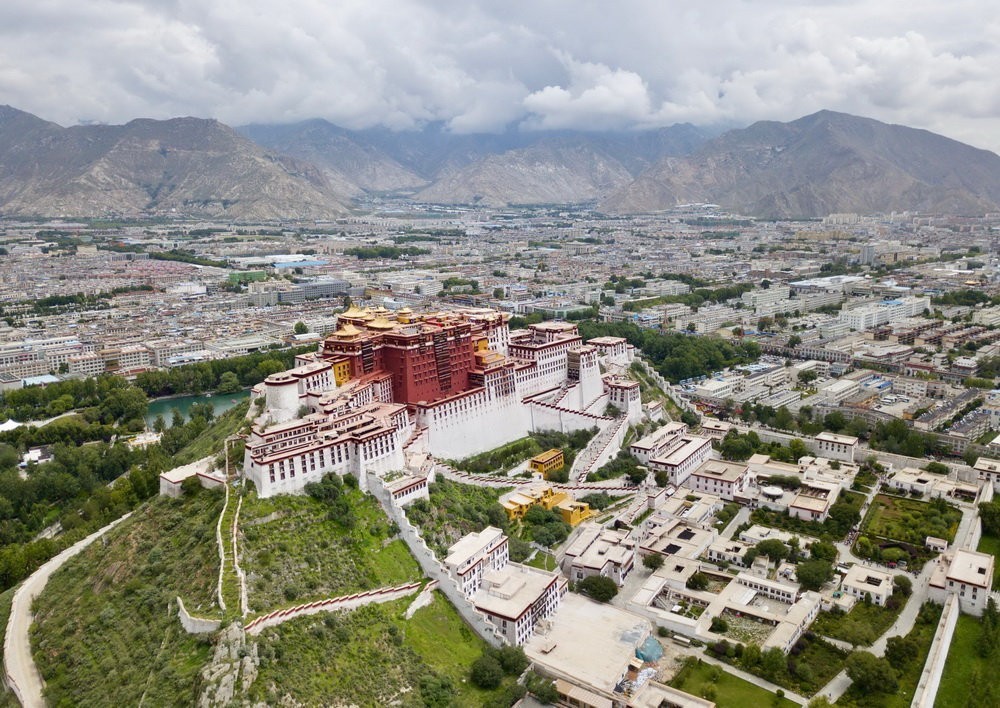
Tibetan Buddhism: A Spiritual Path of Compassion and Wisdom
Tibetan Buddhism is a fascinating blend of Indian Buddhism and the indigenous Bon tradition of Tibet. It is a spiritual practice that emphasizes the pursuit of enlightenment, a state of perfect wisdom and compassion. The heart of Tibetan Buddhism lies in the belief that all beings have the potential to achieve Buddhahood and that the path to enlightenment involves developing compassion for all sentient beings while mastering wisdom. Central to this faith is the idea of reincarnation and karma—how one’s actions affect their future lives.
The structure of Tibetan Buddhism is divided into four major schools or sects: Nyingma, Kagyu, Sakya, and Gelug. Each sect has its own interpretation of the Buddha’s teachings and its unique practices, but all share a commitment to the core principles of compassion, wisdom, and meditation. The Gelug sect, the largest and most widely known, is where the Dalai Lama belongs, and it has played a crucial role in the spread of Tibetan Buddhism globally.
One of the most distinctive elements of Tibetan Buddhism is its elaborate rituals and visual culture. From the colorful mandalas and prayer flags that adorn the landscape to the chanting of mantras, the faith is rich with visual and auditory symbols that help practitioners focus their minds and open their hearts. The practice of prostration, the spinning of prayer wheels, and the creation of intricate sand mandalas are just a few of the many rituals that bring the teachings to life.
The Sacred Temples and Monasteries of Lhasa
Lhasa is home to some of the most revered temples and monasteries in Tibetan Buddhism, each one offering a unique glimpse into the spiritual world of Tibet. These sacred sites have been places of worship, meditation, and pilgrimage for centuries, standing as living testaments to the enduring faith of the Tibetan people.
Potala Palace: A Majestic Monastery Above the Clouds
No visit to Lhasa would be complete without a trip to the iconic Potala Palace. This UNESCO World Heritage site, once the winter residence of the Dalai Lama, is one of the most impressive architectural feats in the world. Perched high on Red Mountain, the Potala Palace towers over the city with its striking white and gold exterior. Its name, “Potala,” is derived from the mythical Mount Potala, the abode of the Buddha of Compassion, Avalokiteshvara.
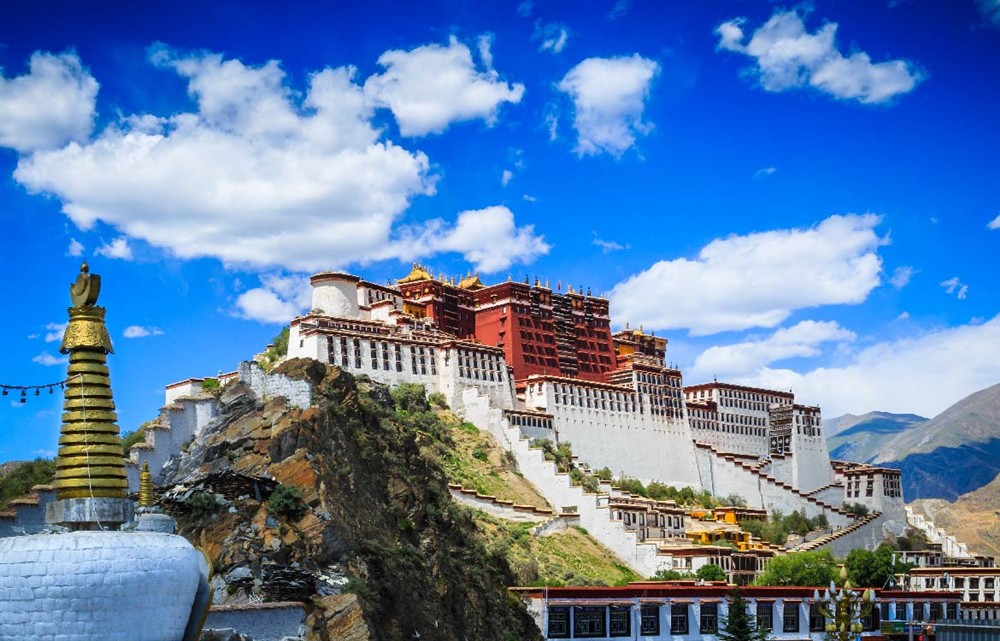
Inside, the Potala Palace is a maze of chapels, prayer halls, and corridors that are home to countless statues, paintings, and murals. The palace is divided into two main sections: the Red Palace, which houses the tombs of past Dalai Lamas, and the White Palace, which served as the administrative and living quarters for the Dalai Lama. The breathtaking views of the city and surrounding mountains only add to the sense of awe and spirituality that permeates this sacred site.
Jokhang Temple: Tibet’s Spiritual Heart
Just a short distance from the Potala Palace is Jokhang Temple, the most sacred and revered site in all of Tibet. This ancient temple is considered the spiritual heart of Lhasa, attracting thousands of pilgrims each year. Built in the 7th century during the reign of King Songtsen Gampo, Jokhang Temple houses the statue of Jowo Shakyamuni, one of the most important and venerated images of the Buddha in Tibet. The temple’s golden roof and its intricate woodwork make it an architectural marvel, while the atmosphere inside is filled with the chants and prayers of devoted pilgrims.
The temple is located in the bustling Barkhor Square, where pilgrims from all walks of life gather to perform the kora (circumambulation) around the temple. As you walk around Jokhang, you’ll see the deep devotion of the Tibetan people as they bow, kneel, and spin prayer wheels in unison, creating an atmosphere of peace and reverence.
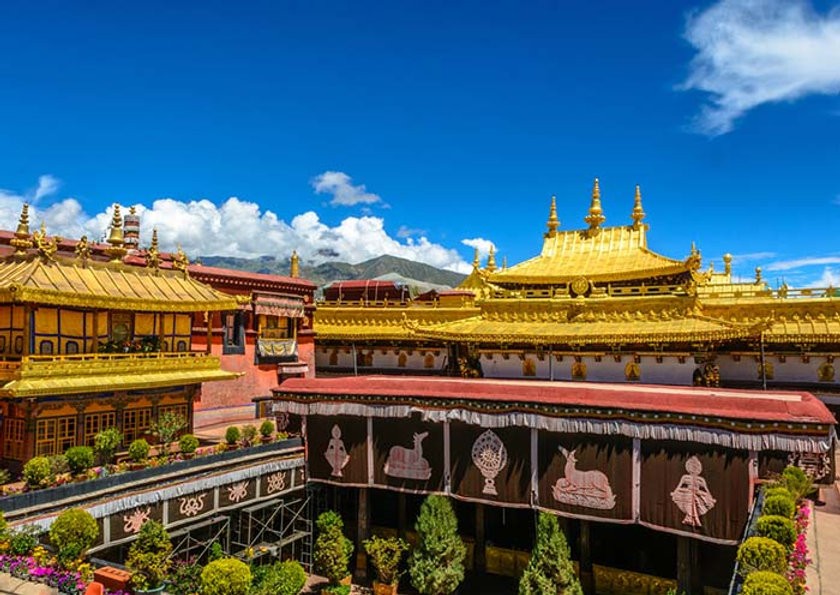
Tashilhunpo Monastery: The Seat of the Panchen Lama
Tashilhunpo Monastery, located in the city of Shigatse, is one of the largest and most important monasteries in Tibet. It is the traditional seat of the Panchen Lama, the second highest-ranking spiritual figure in Tibetan Buddhism after the Dalai Lama. Founded in 1447, Tashilhunpo is known for its striking architecture and serene ambiance. The monastery is home to the tomb of the 10th Panchen Lama and features several important temples, halls, and prayer rooms.
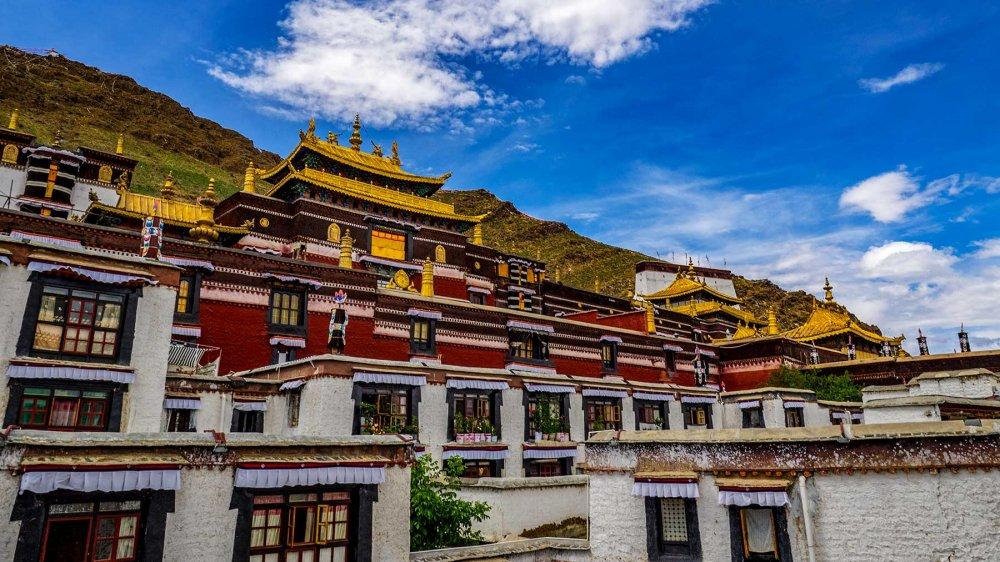
A standout feature of Tashilhunpo is the statue of Maitreya, the future Buddha, which stands an impressive 26 meters tall. This monumental statue, located in the Maitreya Chapel, is one of the largest of its kind in Tibet and serves as a reminder of the Buddhist belief in the future arrival of a compassionate savior.
Sera Monastery: A School of Debate and Learning
Sera Monastery, located just outside Lhasa, is another important site in Tibetan Buddhism. Founded in 1419, Sera is one of the “great three” Gelug monasteries, alongside Ganden and Drepung. It is renowned for its academic and intellectual contributions to Tibetan Buddhism, especially its debates on Buddhist philosophy.
The monks of Sera engage in animated debates, where they engage in lively discussions on complex topics such as logic, ethics, and Buddhist teachings. These debates are not only a way to refine one’s understanding of Buddhist philosophy but also serve as a public display of learning, often conducted in the monastery’s open courtyards. Watching these debates, with the monks gesturing passionately and energetically, is an unforgettable experience.
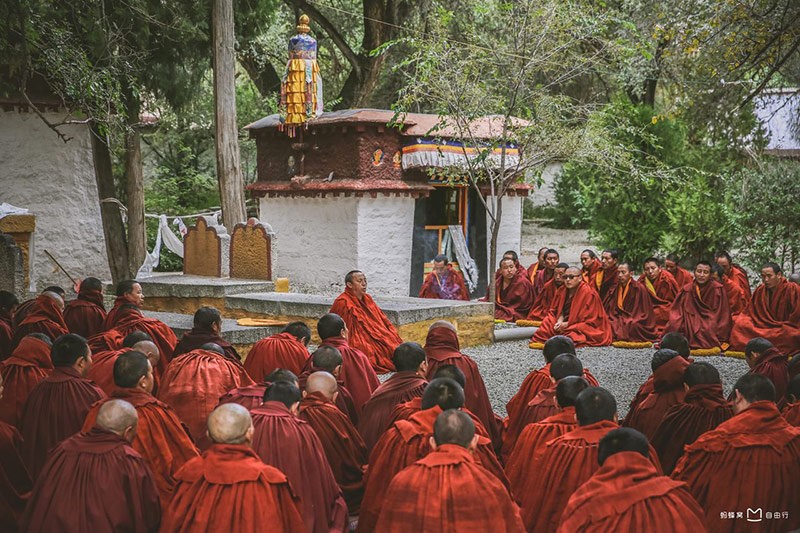
Other Sacred Sites and Hidden Gems:
Beyond the major monasteries, Lhasa is full of smaller, lesser-known temples and sacred sites that reveal the deep spiritual fabric of Tibetan Buddhism. You can visit the Drepung Monastery, once the largest monastery in the world, or take a stroll to the tranquil Norbulingka, the summer palace of the Dalai Lama. For a truly peaceful experience, you can visit the serene Namtso Lake, a stunning alpine lake that is considered sacred in Tibetan Buddhism. Surrounded by snow-capped mountains, this tranquil spot is perfect for meditation and reflection.
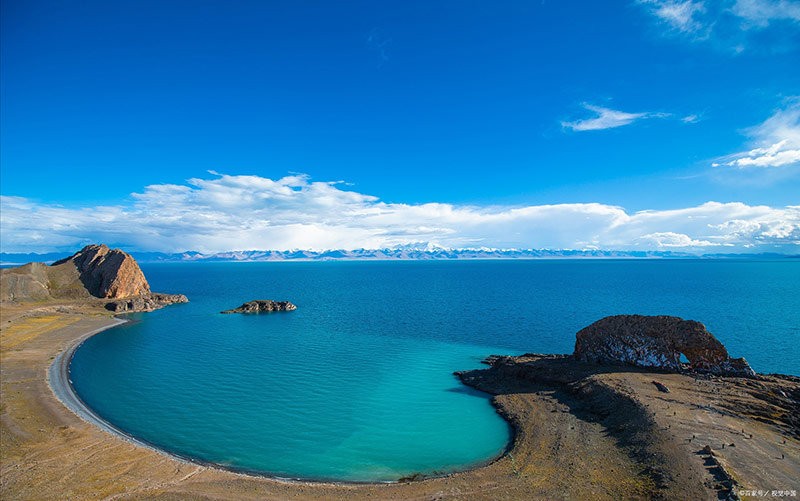
Tibet—A Timeless Journey Into the Sacred
Tibetan Buddhism is not just a religion; it is a living, breathing tradition that permeates every aspect of Tibetan life. The teachings of compassion, wisdom, and mindfulness shape not only the spiritual practices of the Tibetan people but also their daily lives. As you explore Lhasa’s temples and monasteries, you are not merely visiting historical sites; you are immersing yourself in a culture that has remained largely unchanged for centuries.
Lhasa is a city that invites you to slow down, to reflect, and to discover a deeper sense of meaning. Whether you’re gazing at the golden roofs of the Potala Palace, chanting mantras in the halls of Jokhang Temple, or watching monks debate at Sera Monastery, Lhasa offers an experience that transcends time and space. It’s a place where you can feel the ancient wisdom of Tibetan Buddhism pulse through the very air, urging you to open your heart, quiet your mind, and embark on your own spiritual journey.
Contact us today to craft your dream China adventure!

